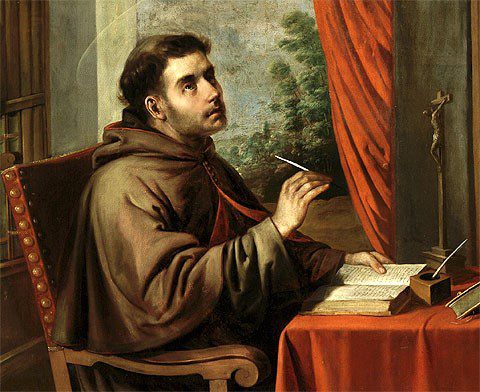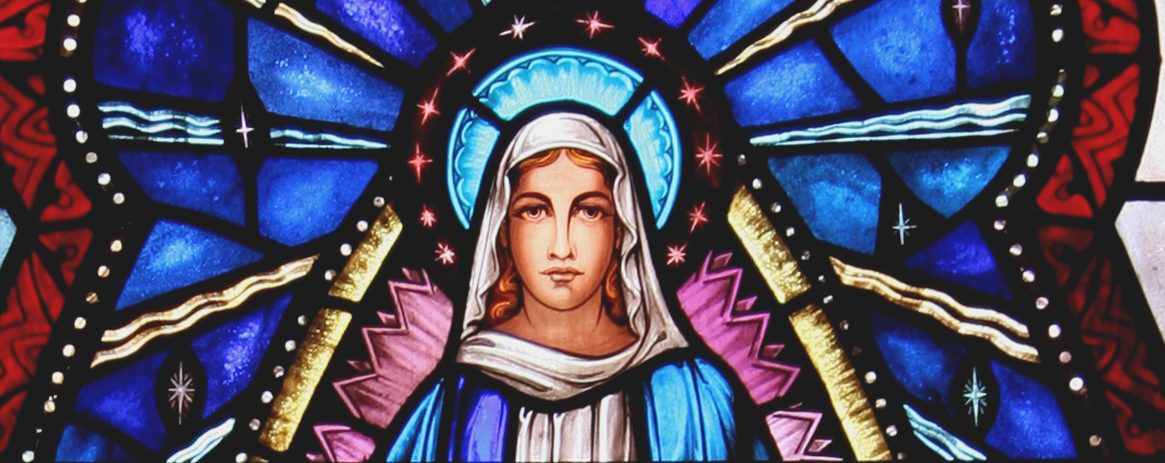There are few personalities among the saints as stirring and passionate as St. Bonaventure. Born in 13th century Italy, he encountered the Franciscan order at a young age entering the religious life as at the age of 22. Bonaventure began studies at the University of Paris where he excelled in all academic subjects and became known for his keen intellect. One of his classmates was also being recognized for his outstanding intelligence, a young man named Thomas Aquinas. The two pupils graduated the same year. It was obvious to all of their peers that these two men were destined to become great scholars. In addition to their genius, the friends possessed a deep spirituality and longing for holiness. This would be the ultimate source of their fraternity. Eventually, Bonaventure and Thomas went their separate ways, the former joining the Franciscans and the latter entering the newly founded Dominicans. However, they maintained contact through letters. St. Bonaventure would go on to write many books. Among the most beautiful of them is a poem entitled The Tree of Life. The title of the poem itself is quite enlightening. In the story of Adam and Eve, we hear about the “tree of the knowledge of good and evil” (Gen. 2:17). Jewish tradition also referred to it as the “tree of life”. After the crucifixion of Jesus, the ancient Christian community began calling the cross the new “tree of life”. For, Christ replaced the death of the tree of Eden with the life of the tree of Calvary. In a mysterious way, the Resurrected Jesus is also the “tree of life”. He is the origin and source of all life. Bonaventure writes his poem inspired by this notion from the early Church. The poem is divided into two parts. The first deals with Christ’s origin as the “Word made flesh” (Jn. 1:14). The second reflects on the Christ’s Passion and Death. Building upon this analogy of a tree, he centers his reflection around twelve stanzas of poetry which he calls “fruits”. Each of these “fruits” flow from a different event in Christ’s life: His incarnation, nativity, miracles, preaching, passion, death, etc…Each of the twelve stanzas is preluded by a written reflection from the saint. In the end, this book proves to be a powerful and moving piece of prose that can enflame and inspire the heart of every Catholic.


